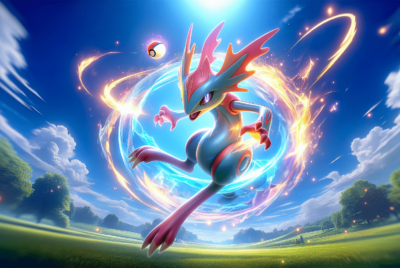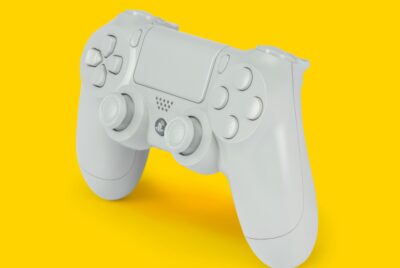All Pokemon 1
Have you ever wondered just how many Pokémon there are? In our journey through the world of Pokémon, we encounter diverse creatures that are fascinating not just because of their varied abilities and types, but also because they each have a unique story and background. Together, let’s embark on an adventure to understand the universe of these incredible creatures.
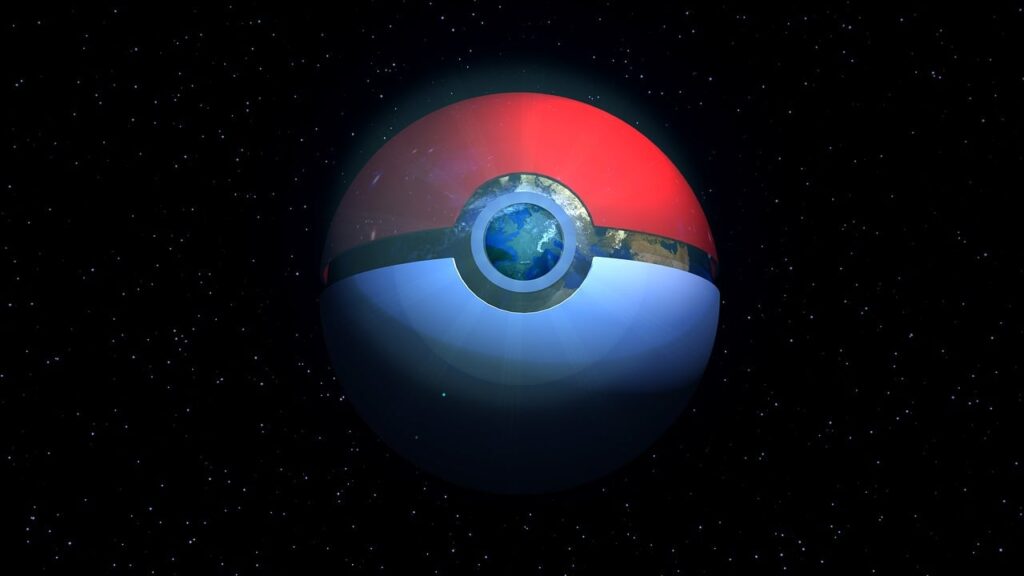
Understanding Pokémon
What is a Pokémon?
Pokémon, short for Pocket Monsters, are creatures of all shapes and sizes living in the wild or alongside humans. They are caught and trained by Pokémon Trainers who battle them against each other. With over 900 Pokémon, every creature is unique with its abilities, moves, and evolutions.
Generations of Pokémon
Over the years, Pokémon have been categorized into various generations. Each generation introduces us to a new region filled with distinct Pokémon and intriguing storylines. Let’s break down the generations and understand what each one has brought to the table.
Generations and Their Pokémon
Generation I (Kanto)
The first generation, which started it all, includes the original 151 Pokémon. It introduces us to Pokémon like Bulbasaur, Charmander, and Squirtle, the starter Pokémon we all love. This generation brought the beginning of the Pokémon phenomenon with its games, “Pokémon Red and Blue.”
| # | Pokémon | Type |
|---|---|---|
| 001 | Bulbasaur | Grass, Poison |
| 004 | Charmander | Fire |
| 007 | Squirtle | Water |
| 025 | Pikachu | Electric |
| 150 | Mewtwo | Psychic |
Generation II (Johto)
The second generation introduced us to 100 more Pokémon, expanding our horizons to include creatures like Chikorita, Cyndaquil, and Totodile. This generation came with “Pokémon Gold and Silver,” adding new mechanics such as breeding and held items.
| # | Pokémon | Type |
|---|---|---|
| 152 | Chikorita | Grass |
| 155 | Cyndaquil | Fire |
| 158 | Totodile | Water |
| 172 | Pichu | Electric |
| 250 | Ho-Oh | Fire, Flying |
Generation III (Hoenn)
With the release of “Pokémon Ruby and Sapphire,” generation three brought us 135 new Pokémon such as Treecko, Torchic, and Mudkip. It introduced double battles and abilities, bringing more depth to the gameplay.
| # | Pokémon | Type |
|---|---|---|
| 252 | Treecko | Grass |
| 255 | Torchic | Fire |
| 258 | Mudkip | Water |
| 280 | Ralts | Psychic, Fairy |
| 386 | Deoxys | Psychic |
Generation IV (Sinnoh)
Generation four, introduced with “Pokémon Diamond and Pearl,” added 107 Pokémon. Pokémon like Turtwig, Chimchar, and Piplup became new favorites, and the game introduced the Global Trading System (GTS).
| # | Pokémon | Type |
|---|---|---|
| 387 | Turtwig | Grass |
| 390 | Chimchar | Fire |
| 393 | Piplup | Water |
| 448 | Lucario | Fighting, Steel |
| 493 | Arceus | Normal (varies) |
Generation V (Unova)
With “Pokémon Black and White,” the fifth generation introduced 156 new Pokémon, the largest number in any generation. Pokémon like Snivy, Tepig, and Oshawott marked this era.
| # | Pokémon | Type |
|---|---|---|
| 495 | Snivy | Grass |
| 498 | Tepig | Fire |
| 501 | Oshawott | Water |
| 570 | Zorua | Dark |
| 649 | Genesect | Bug, Steel |
Generation VI (Kalos)
“Pokémon X and Y” brought us 72 new Pokémon in the sixth generation. With the introduction of Mega Evolutions, Pokémon like Chespin, Fennekin, and Froakie became more versatile in battles.
| # | Pokémon | Type |
|---|---|---|
| 650 | Chespin | Grass |
| 653 | Fennekin | Fire |
| 656 | Froakie | Water |
| 700 | Sylveon | Fairy |
| 719 | Diancie | Rock, Fairy |
Generation VII (Alola)
The seventh generation includes 88 new Pokémon from the “Pokémon Sun and Moon” series. The tropical vibe of the Alola region introduced Alolan forms—unique variants of existing Pokémon.
| # | Pokémon | Type |
|---|---|---|
| 722 | Rowlet | Grass, Flying |
| 725 | Litten | Fire |
| 728 | Popplio | Water |
| 741 | Oricorio | Various types |
| 807 | Zeraora | Electric |
Generation VIII (Galar)
With “Pokémon Sword and Shield,” the eighth generation introduced 89 new Pokémon. Galarian forms and Dynamax/Gigantamax mechanics added fresh strategies for trainers. Pokémon like Grookey, Scorbunny, and Sobble headline this generation.
| # | Pokémon | Type |
|---|---|---|
| 810 | Grookey | Grass |
| 813 | Scorbunny | Fire |
| 816 | Sobble | Water |
| 872 | Impidimp | Dark, Fairy |
| 890 | Eternatus | Poison, Dragon |
Generation IX
As of the current generation, we have even more Pokémon to explore with newly discovered creatures and evolving gameplay dynamics. Details about some of these Pokémon continue to emerge, enriching our journey.
Types of Pokémon
Basic Types
Pokémon are categorized into various types based on their elemental affinities. Understanding these types is crucial in battles as they determine strengths and weaknesses.
| Type | Examples |
|---|---|
| Grass | Bulbasaur, Chikorita |
| Fire | Charmander, Torchic |
| Water | Squirtle, Piplup |
| Electric | Pikachu, Zeraora |
| Psychic | Mewtwo, Ralts |
Dual Types
Some Pokémon possess dual types, adding complexity to their interactions in battles. Dual-type Pokémon can be significantly advantageous or disadvantaged based on their opponent’s types.
| Pokémon | Primary Type | Secondary Type |
|---|---|---|
| Bulbasaur | Grass | Poison |
| Charizard | Fire | Flying |
| Gyarados | Water | Flying |
| Lucario | Fighting | Steel |
| Sableye | Dark | Ghost |
Evolution of Pokémon
Single-Stage Evolution
Many Pokémon evolve once to become stronger forms. For instance, Bulbasaur evolves into Ivysaur and then into Venusaur, each form becoming progressively more powerful.
Multiple-Stage Evolution
Some Pokémon undergo multiple stages of evolution, becoming more powerful with each stage.
| Pokémon | Stage 1 | Stage 2 | Stage 3 |
|---|---|---|---|
| Bulbasaur | Ivysaur | Venusaur | |
| Charmander | Charmeleon | Charizard | |
| Squirtle | Wartortle | Blastoise | |
| Ralts | Kirlia | Gardevoir | |
| Machop | Machoke | Machamp |
Mega Evolution
Introduced in Generation VI, Mega Evolutions allow certain Pokémon to transform into a more powerful form temporarily during battles, providing strategic advantages.
Gigantamax
Gigantamax, introduced in Generation VIII, allows certain Pokémon to grow to enormous sizes and change form, significantly enhancing their abilities.
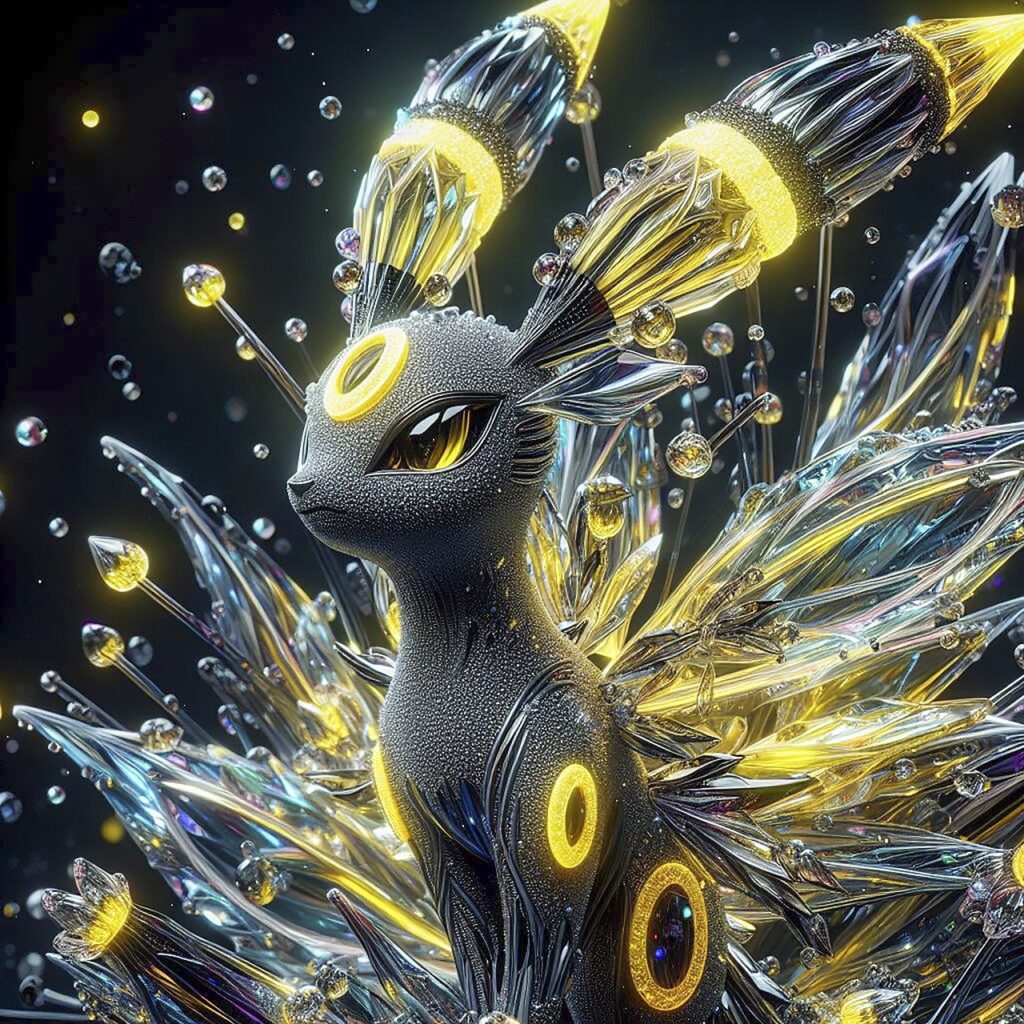
Legendary and Mythical Pokémon
Legendary Pokémon
Legendary Pokémon are unique, extremely powerful Pokémon that play crucial roles in the lore of the Pokémon world. They are usually part of the game’s core storyline.
| Pokémon | Type | Generation |
|---|---|---|
| Mewtwo | Psychic | I |
| Ho-Oh | Fire, Flying | II |
| Rayquaza | Dragon, Flying | III |
| Dialga | Steel, Dragon | IV |
| Zekrom | Dragon, Electric | V |
Mythical Pokémon
Mythical Pokémon are a subset of Legendary Pokémon, but they are even rarer and often obtainable only through special events.
| Pokémon | Type | Generation |
|---|---|---|
| Mew | Psychic | I |
| Celebi | Psychic, Grass | II |
| Jirachi | Steel, Psychic | III |
| Victini | Psychic, Fire | V |
| Marshadow | Fighting, Ghost | VII |
Regional Variants
Alolan Forms
Introduced in Generation VII, Alolan forms are unique versions of existing Pokémon native to the Alola region, exemplifying the region’s unique climate and environment.
| Pokémon | Alolan Type |
|---|---|
| Alolan Vulpix | Ice |
| Alolan Raichu | Electric, Psychic |
| Alolan Exeggutor | Grass, Dragon |
Galarian Forms
Similarly, Galarian forms in Generation VIII reflect the distinct culture and environment of the Galar region.
| Pokémon | Galarian Type |
|---|---|
| Galarian Ponyta | Psychic |
| Galarian Meowth | Steel |
| Galarian Weezing | Poison, Fairy |
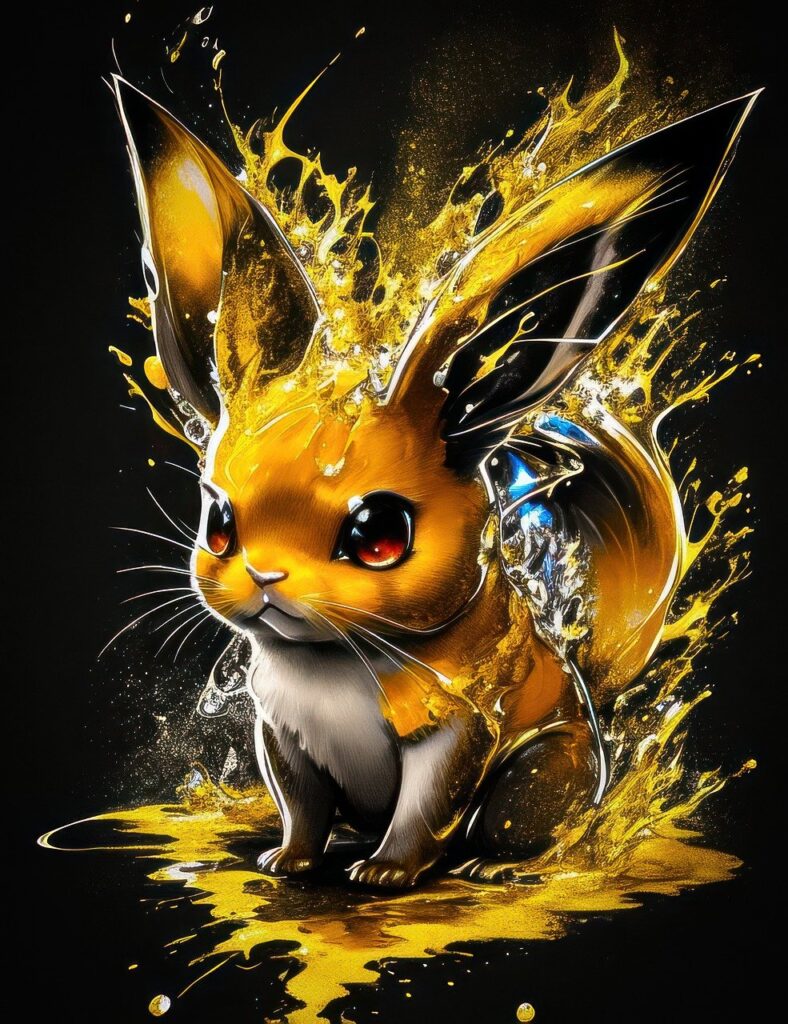
Pokémon Abilities
Basic Abilities
Each Pokémon has abilities that can impact battles or interactions outside of battles. Abilities like “Overgrow” or “Blaze” boost certain types of moves when a Pokémon’s health is low.
Hidden Abilities
Some Pokémon have hidden abilities, which are rarer and often stronger than their standard abilities. These abilities can provide significant advantages during battles.
Pokémon Moves
Physical Moves
Physical moves are moves where the Pokémon physically touches the opponent, such as “Tackle” or “Punch.” They rely on the Pokémon’s attack stat.
Special Moves
Special moves do not involve physical contact and rely on the Pokémon’s special attack stat. Moves like “Ember” or “Water Gun” fall into this category.
Status Moves
Status moves do not deal direct damage but cause various effects, such as putting the opponent to sleep or boosting the user’s stats.
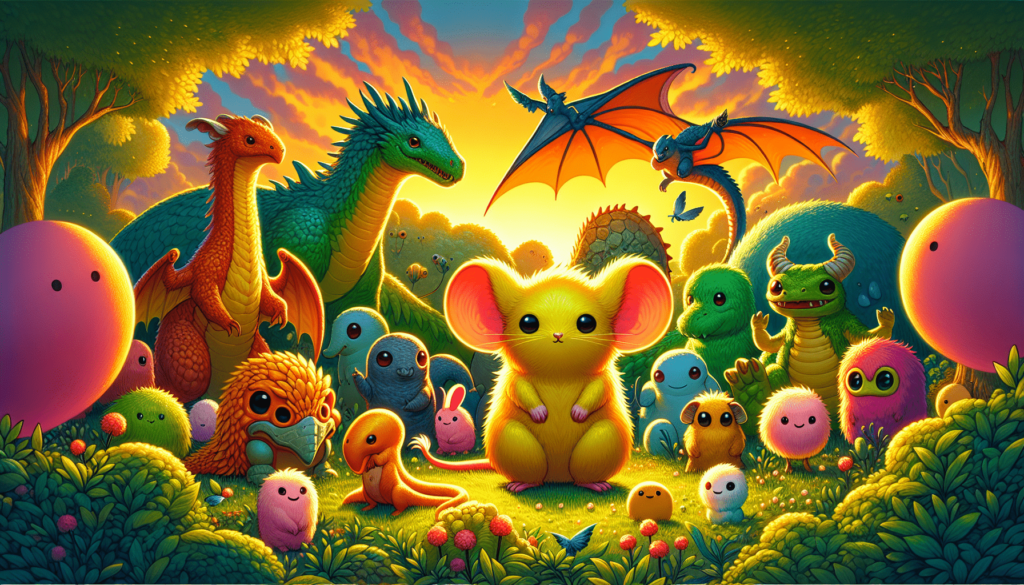
Breeding and Training
Breeding Pokémon
Breeding allows us to create Pokémon with specific abilities, moves, or natures. This involves leaving two compatible Pokémon at the Pokémon Day Care.
Training Pokémon
Training is essential to building a strong team. By battling and using items like TMs (Technical Machines) and HMs (Hidden Machines), we can teach our Pokémon new moves and improve their stats.
Building the Perfect Team
Assessing Types
Analyzing and balancing types in our team is crucial for battling effectively. A well-balanced team has a mix of types that can cover each other’s weaknesses.
Competitive Battling
Competitive battling involves more strategic depth as we anticipate our opponent’s moves and build a team to counteract them effectively. Understanding concepts like EVs (Effort Values) and IVs (Individual Values) plays a critical role.
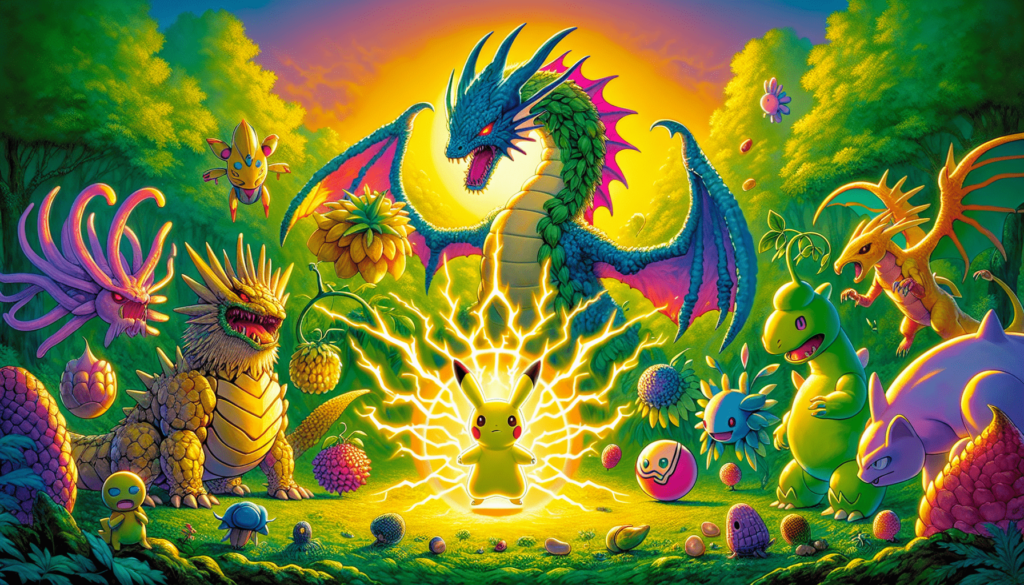
Conclusion
The world of Pokémon is vast and continues to grow with each new generation. From the original 151 Pokémon in Kanto to the ever-expanding list today, our journey with these incredible creatures has been and continues to be an adventure. Understanding their types, evolutions, abilities, and moves helps us appreciate just how intricate and beautiful the Pokémon universe is. Whether we’re battling competitively or simply enjoying the stories each game tells, Pokémon will always have a special place in our hearts and adventures.






